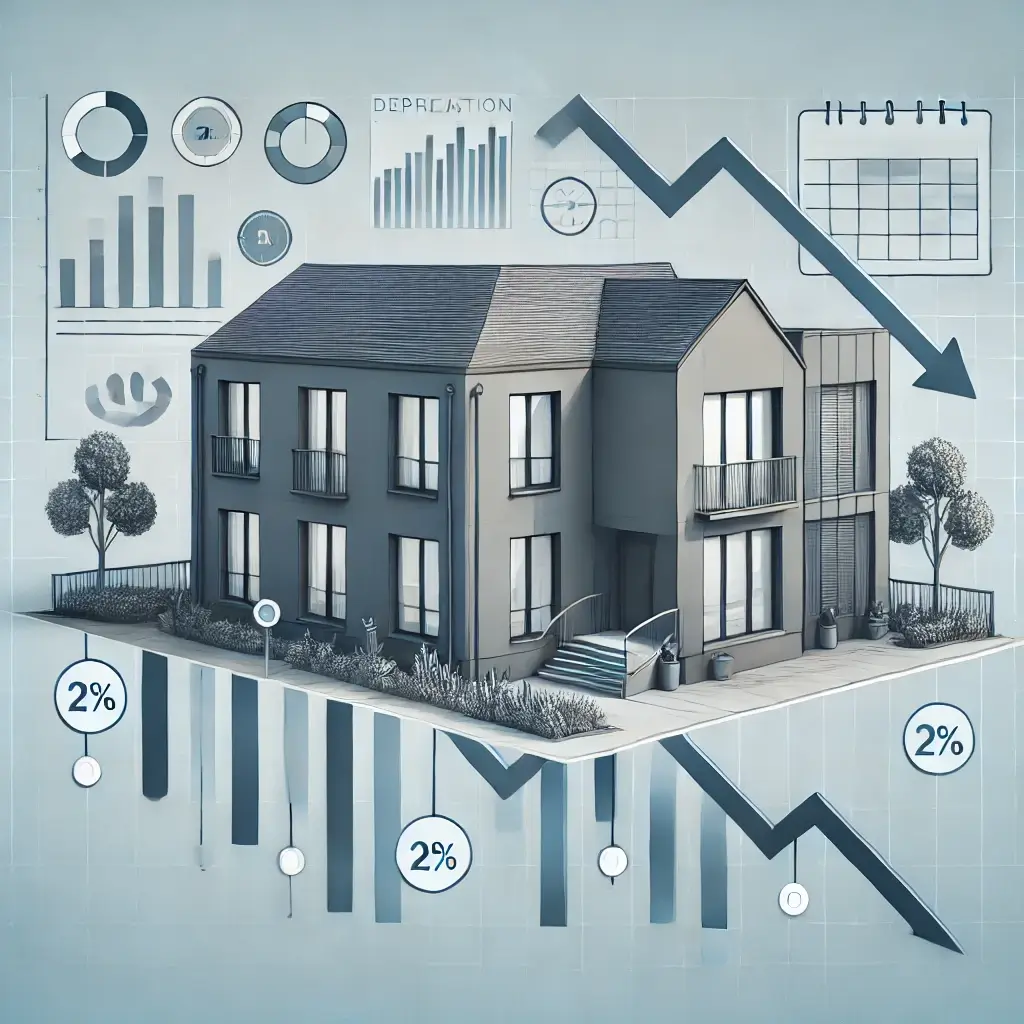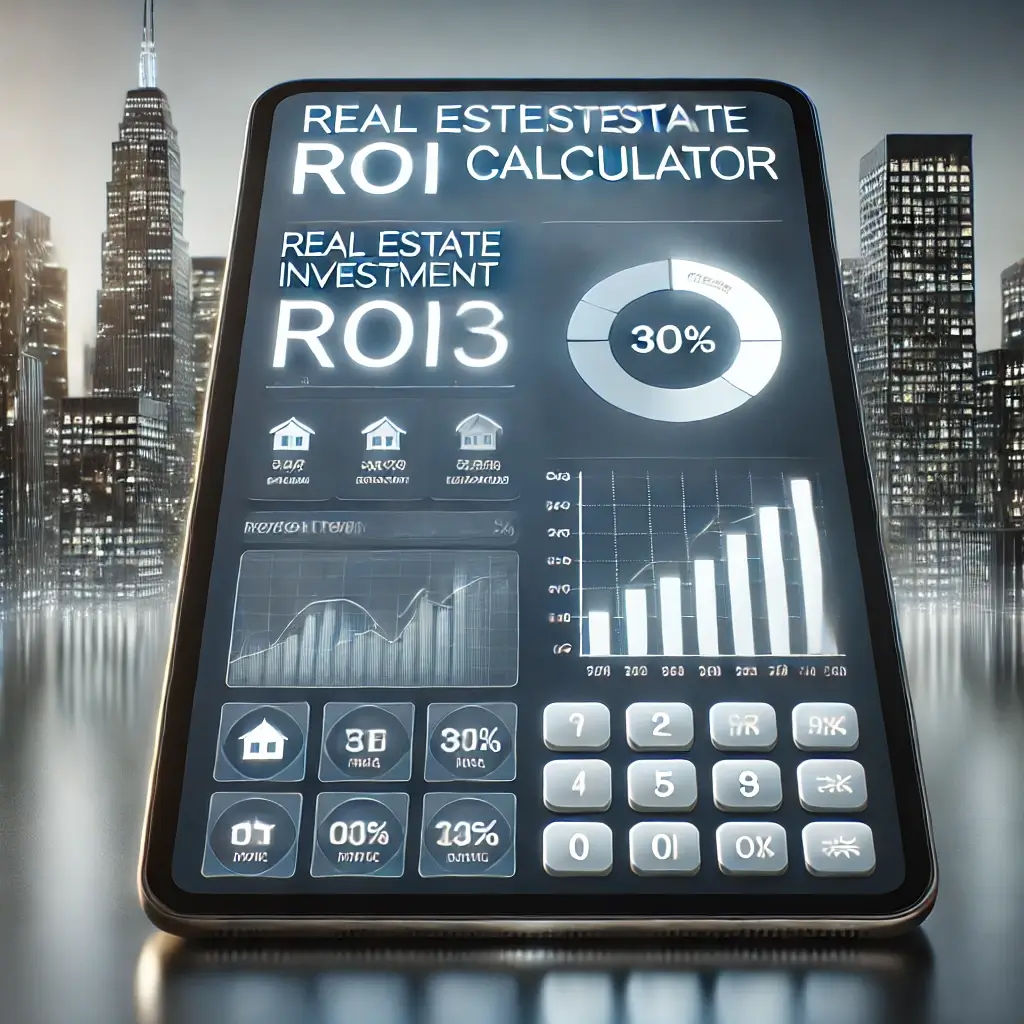Depreciation is a crucial concept for rental property investors to understand. It can significantly impact your tax liability and overall return on investment. In this comprehensive guide, we’ll explore the ins and outs of depreciation for rental properties, including calculation methods, tax implications, and strategies to maximize its benefits in 2024 and beyond.
Depreciation in Real Estate
Depreciation in real estate is an income tax deduction that allows a property owner to recover the cost of an income-producing property over its useful life. It’s a non-cash expense that can reduce your taxable rental income, potentially leading to significant tax savings.
“Understanding depreciation is like finding hidden treasure in your rental property investment. It’s a powerful tool that can dramatically improve your after-tax returns.”
According to the Internal Revenue Service (IRS), depreciation is an allowance for the wear and tear, deterioration, or obsolescence of the property.
Types of Depreciation in Rental Property
- Residential Rental Property: Depreciated over 27.5 years
- Commercial Rental Property: Depreciated over 39 years
- Land Improvements: Depreciated over 15 years
- Personal Property: Depreciated over 5 or 7 years
For more details on property classifications, visit the IRS’s Depreciation Resource Center.
How to Calculate Depreciation (with Examples)
Step 1: Determine the Property’s Basis
The basis is typically the purchase price plus certain closing costs and improvements, minus the value of the land.
Example: Purchase price: $300,000 Closing costs: $5,000 Land value: $50,000 Basis = $300,000 + $5,000 – $50,000 = $255,000
Step 2: Choose the Depreciation Method
For residential rental properties, use the Modified Accelerated Cost Recovery System (MACRS) over 27.5 years.
Step 3: Calculate Annual Depreciation
Annual Depreciation = Basis ÷ Recovery Period
Example: Annual Depreciation = $255,000 ÷ 27.5 = $9,272.73
Depreciation Calculation Worksheet
| Item | Amount |
| Purchase Price | $300,000 |
| + Closing Costs | $5,000 |
| – Land Value | $50,000 |
| = Depreciable Basis | $255,000 |
| ÷ Recovery Period | 27.5 years |
| = Annual Depreciation | $9,272.73 |
For a more detailed explanation of depreciation calculations, check out this guide from BiggerPockets.
Tax Implications of Depreciation in Rental Property
- Reduced Taxable Income: Depreciation is deducted from your rental income, lowering your overall taxable income.
- Recapture: When you sell the property, you may need to recapture the depreciation as taxable income.
- Passive Activity Limits: Depreciation can contribute to passive losses, which may be limited based on your income.
- Alternative Minimum Tax (AMT): Large depreciation deductions might trigger AMT in some cases.
For more information on tax implications, consult the IRS Publication 527.
Common Mistakes in Depreciation Calculations
- Not Separating Land Value: Land is not depreciable, so failing to separate its value can lead to overclaiming depreciation.
- Incorrect Recovery Period: Using the wrong recovery period (e.g., 39 years for residential property) can result in underclaiming depreciation.
- Forgetting to Start Depreciation: Depreciation begins when the property is placed in service, not when you start claiming it.
- Neglecting Cost Segregation: Missing opportunities to depreciate certain components of the property more quickly.
Strategies to Maximize Depreciation Benefits
- Cost Segregation: This strategy involves identifying and reclassifying personal property assets to shorten the depreciation time for taxation purposes.
- Bonus Depreciation: For qualified property, you may be able to deduct a large percentage of the asset cost in the first year.
- Section 179 Deduction: This allows you to deduct the full purchase price of qualifying equipment or software purchased or financed during the tax year.
- Regular Property Improvements: Certain improvements can be depreciated over a shorter lifespan than the building itself.
“Cost segregation is often overlooked but can be a game-changer for maximizing depreciation benefits. It’s like turbocharging your tax deductions.”
Learn more about these strategies from the National Association of Realtors.
Tools and Software for Depreciation Calculations
- Basic Spreadsheets: Excel or Google Sheets can be used for simple depreciation calculations.
- Specialized Real Estate Software: Programs like Buildium or AppFolio include depreciation calculators.
- Tax Preparation Software: TurboTax and H&R Block software can help calculate depreciation for tax purposes.
- Professional Depreciation Software: Sage Fixed Assets or BNA Fixed Assets offer advanced depreciation tracking.
Expert Tips for Rental Property Depreciation
- Keep Meticulous Records: Document all expenses related to your rental property, including improvements and repairs.
- Consider a Cost Segregation Study: For properties valued over $1 million, a professional study can often yield significant tax savings.
- Stay Informed on Tax Law Changes: Depreciation rules can change, so stay up-to-date or work with a tax professional.
- Plan for Recapture: Set aside funds to cover potential depreciation recapture taxes when you sell the property.
- Leverage Technology: Use software like Acristo Engine to ensure accurate calculations and identify all depreciation opportunities.
Understanding and properly leveraging depreciation can significantly enhance the profitability of your rental property investments. With the right knowledge and tools, you can turn this complex tax concept into a powerful financial advantage.
Ready to simplify your rental property depreciation analysis? Schedule a demo of Acristo Engine’s depreciation calculation features and discover how our advanced tools can optimize your investment strategy.
Start Your Free Trial of Acristo Engine

